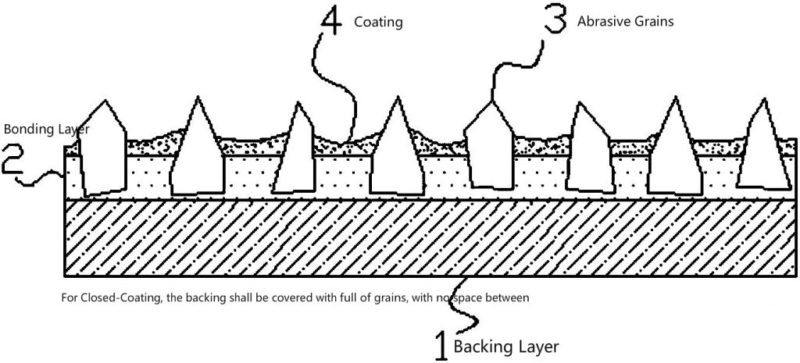For those actively involved in the hobby of woodworking and metal working, the term “coated abrasives” is a common one seen and heard across the industry, usually accompanied by one of two other terms: open coat or closed coat. If you are familiar with this term, but unsure how open-coat and closed-coat abrasives differ, you are one of many. The difference between the two types of coated abrasives are not only relevant, but also significant, since using the wrong one will ruin your finish. The decision to use one type of coated sandpaper over the other is very important, so it requires a little knowledge and consideration. Continue reading to learn the differences among closed coating, open coating and semi-open coating, and how to find quality coated abrasives at an affordable price near you.
ClOSED COAT SANDPAPER
If the backing of a sanding belt, sheet, or disc is closed coated, it means that 100 percent of that backing is covered in abrasive grains; that means no gaps whatsoever. All surface areas of closed coat abrasives are occupied with grain, rendering it a strong and aggressive grit. Since their grains are so closely clustered together, they provide fast, aggressive cuts and ultra-fine finishes. Closed coat abrasives are recommended for use on hard materials like hard ferrous and non-ferrous metals, and hard woods like oak and hickory.
Closed coated abrasives are the most common form of sandpaper used for finishing and sanding, and should always be used unless you are working with a softer material like pine or aluminum. Using closed coated abrasives on softer materials can cause extensive damage to both your work piece and the sandpaper.

OPEN COAT ABRASIVES
Semi-open coated and open-coated sandpaper is simply abrasives that are manufactured with a lower degree of abrasive grains on their backing. Compared to closed coat abrasives, semi open coat is modified with 30% less abrasive grains and open coat is modified with 50% less abrasive grains. This means they provide a less aggressive, slower cut, and best used for sanding naturally-soft materials like Aluminum, Pine, Fir, Spruce, Brass, Copper, and Zirconium.
